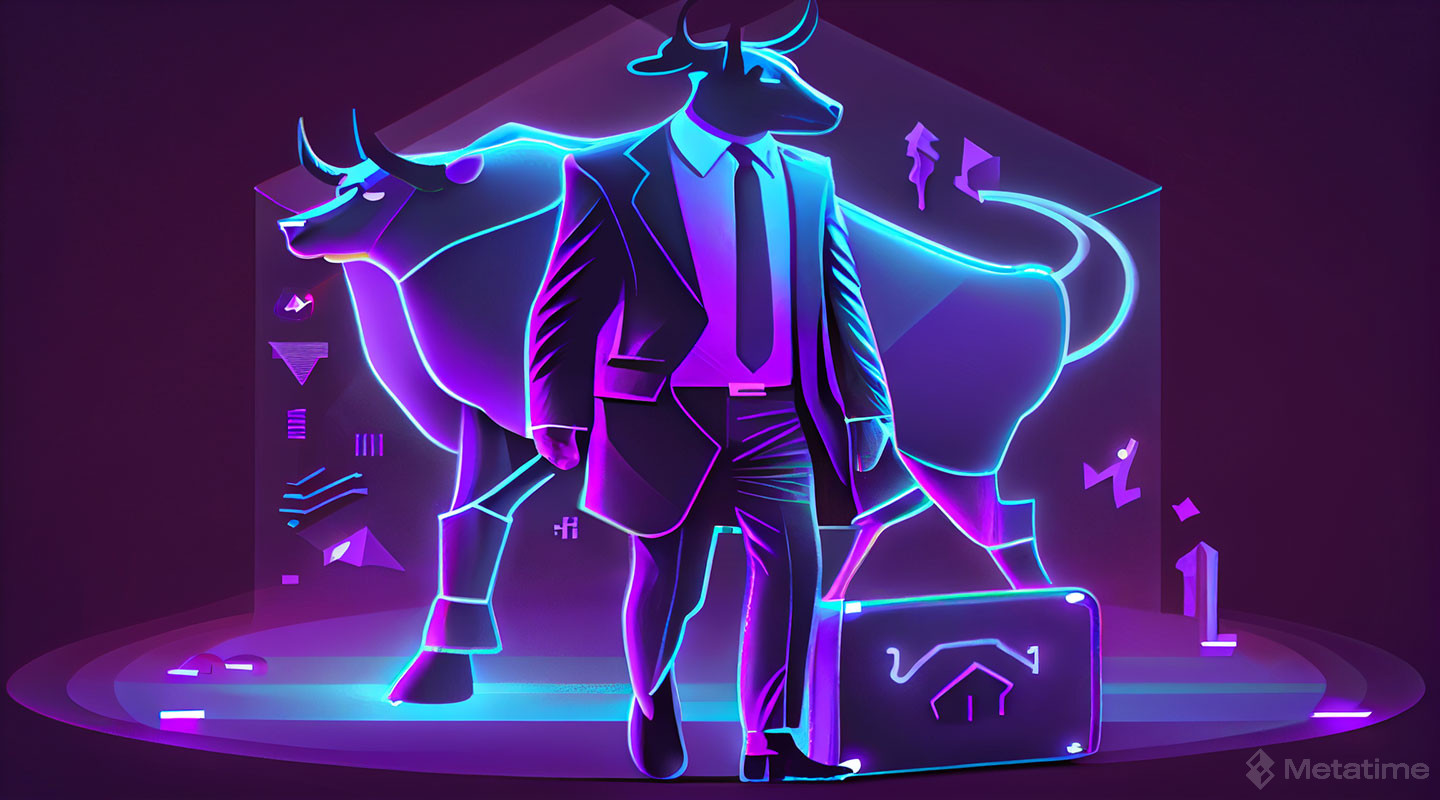A Bull Market is a period in a market in which demand for financial assets increases and prices rise. In other words, a bull market is a prolonged period of rising prices of securities such as stocks, bonds, or cryptocurrencies. A bull market is a strong market uptrend that offers meaningful rising prices in a short period.
The prices of financial instruments rise and fall due to volatility in the trading process. A prolonged rise in prices of 20% or more is required for a rise in prices to be called a bull market. Investors looking to profit from a bull market use methods such as buying, holding, or pulling back. A bull market occurs when the economy is strengthening or is already strong.
The bull market can be defined as a period in which the financial product is in an upward trend, demand is increasing, buying is increasing, and the trend is upward. During the bull period, investors are quite optimistic and may predict that the price will rise in the long term. The bull market is less risky than the bear market and provides more profit.
Why Is It Called a "Bull Market"?
The reason why bullish periods are called 'bull markets' is because of the bulls' attacking behavior against living creatures they perceive as threats. Bulls use their horns to attack creatures they perceive as threats, and their horn movements are upward. This movement of the bulls was associated with the volatility in the market by creating a metaphor.

How Does a Bull Market Form and How Long Does It Last?
Although a bull market refers to a rally in financial assets, it is usually used when the price of an asset rises by 20% or more from its previous low point. A bull market occurs when investors are positive about the future outlook for a financial asset or the overall market indices. Some of the factors that usually lead to increased investor confidence include low levels of unemployment and gross domestic product (GDP).
A bull market, which is characterized by rising prices, can last for months or even years. The average length of a bull market is 9.6 months and the average gain is 112%, although there are periodic variations.
What Are the Features of a Bull Market?
Several features occur during a bull market:
- Due to the rise in prices during a bull market, investors are eager to buy and hold financial assets. Therefore, there is an increase in trading volume.
- During a bull market, there is more demand for financial assets and fewer sellers, making it easy for investors to buy and sell assets quickly and at a favorable price. Therefore, the market is characterized by more liquidity.
- A bull market may see an increase in the number of companies raising funds through IPOs. These reasons may allow investors to participate in the growth of new companies.

What Are the Biggest Bull Markets in History?
Examples of bull markets include the following bull markets:
- The Roaring Twenties, the bull market that existed between 1920 and 1929,
- The Reagan bull market between 1980 and 1987,
- The bull market between 1990 and 2000, known as the Dot-com bubble
- The 2009 bull market, the longest bull market in history
How to Profit from a Bull Market?
To profit in a bull market, investors should buy early to take advantage of price rises and sell when prices reach their highest point. Although it is difficult to accurately predict the lowest and highest point in asset prices, any loss in prices will be minimal and temporary.
Buy and Hold
One of the basic strategies of investing is to buy a particular financial asset and hold it to sell at a potential later date. This strategy involves the investor's confidence in the asset they are holding. Therefore, the positive situation that accompanies a bull market supports the buy-and-hold approach of investors.
Bull market consists of three separate phases. These are;
- Collection phase
- Buying wave
- Saturation
Collection phase
This is the period when the financial asset in question is purchased in large quantities by major investors, while the assets of investors who have not yet reached the expected value or who are selling at a loss are still present.
Buying wave
The purchases made by investors in the previous stage give the financial asset some upward momentum, which turns into an encouraging action for other investors to buy.
Saturation
With large purchases, the market volume expands significantly and reaches its limit. This stage can be referred to as the end of the bull season. Due to the large sales, declines may occur.







